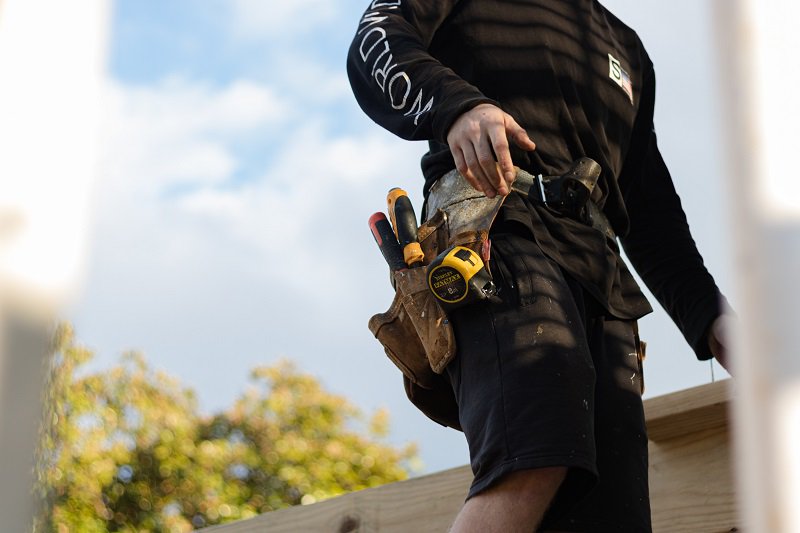Average cost of building continues to rise in New Zealand’s main centres

The latest QV costbuilder report shows the average cost of building a new home in six of New Zealand’s main centres rose on average by 2.0% in the year to October 2020 and has risen 15.0% since October 2015.
This rate of increase is lower than the last two annual rises of 2.4% in the year to October 2019 and 4.9% in the year to October 2018. The reason for the slower growth is due to Covid-19 and a lack of movement in material & labour rates.
Our data also shows the average cost of building a standard 140m², three-bedroom, one-bathroom home has increased 1.6% in the year to October 2020, with Wellington leading the way, as shown below:
- Wellington costs increased 2.5% to an average cost of $287,000
- Auckland costs increased 2.3% to $311,500
- Waikato costs increased 1.9% to $287,000
- Christchurch costs increased 1.8% to $309,750
- Dunedin costs increased 0.7% to $278,250
- Palmerston North costs increased 0.6% to $276,500
In terms of the various categories of residential buildings within QV costbuilder, there has been the greatest increase in the construction costs of a 150-200m², two or three-storey townhouse, which increased by 2.2% for all regions, with Wellington and Auckland increasing the most, as below:
- Wellington costs increased 3.2% rising to an average cost of $420,000
- Auckland costs increased 2.5%, to $439,700
- Christchurch costs increased 2.2%, to $413,400
- Waikato costs increased 2.1% to $420,000
- Palmerston North costs increased 1.7% to $409,000
- Dunedin costs increased 1.5% to $383,900
QV costbuilder spokesperson and quantity surveyor Martin Bisset commented: “Building costs continue to rise in all regions, but at a slower rate than in previous years. On average, Christchurch and Auckland are still the most expensive places to build a home out of the six cities currently measured by QV costbuilder.”
“It’s important to remember these figures are averages and the cost of building any home will always be dependent on the level of finishes, internal layout, and whether it has a single or double garage.”
QV costbuilder figures exclude other costs including:
- The cost of land
- Demolition of existing structures on the site
- Additional costs due to building code changes
- Increased structural requirements and external works such as landscaping, driveways and parking areas
- Utilities such as getting power, water, gas, drainage, phone/data mains from public connection to 3 metres from the building
- Balconies and covered ways
- Any loose furniture, fittings and equipment
- Professional, council, and legal fees
- GST
Other things to note, labour costs across the country have increased 1.5% in the year to September 2020 (NZStats), with Canterbury increasing 2.3%. QV’s own assessment of labour shows an increase of 2.8% for the six regions, with Wellington showing the highest growth at 3.8%.
General building materials have increased 4.7% in the same period, across the six regions. However, there has been a reduction in framing timber (-22.4%), and an increase in laminated timber (7.7%).
What is CostBuilder?
QV costbuilder is an arm of state-owned enterprise, Quotable Value (QV) and provides the latest construction cost data to the property and construction industries through an online subscription web platform tool, which can be accessed on any device. Subscribers can access a comprehensive range of building costs associated with the construction of various buildings, including residential and commercial properties.
QV costbuilder provides the cost of a huge range of residential dwellings including small medium and large sized homes including one & two storey homes, two or three storey townhouses, multi-storey apartments, retirement village units and apartments.
QV costbuilder also supply costs on a variety of other buildings including industrial and commercial.




